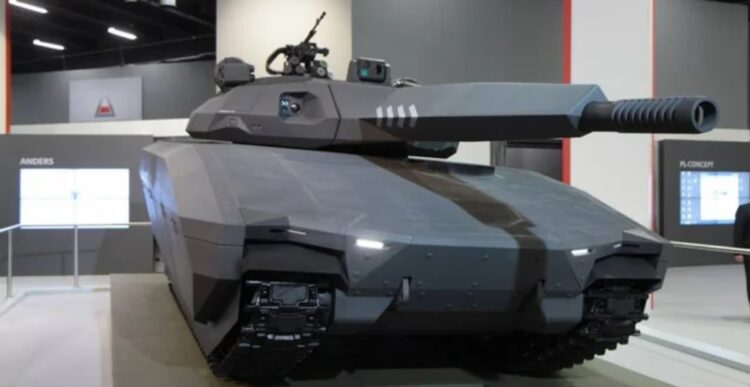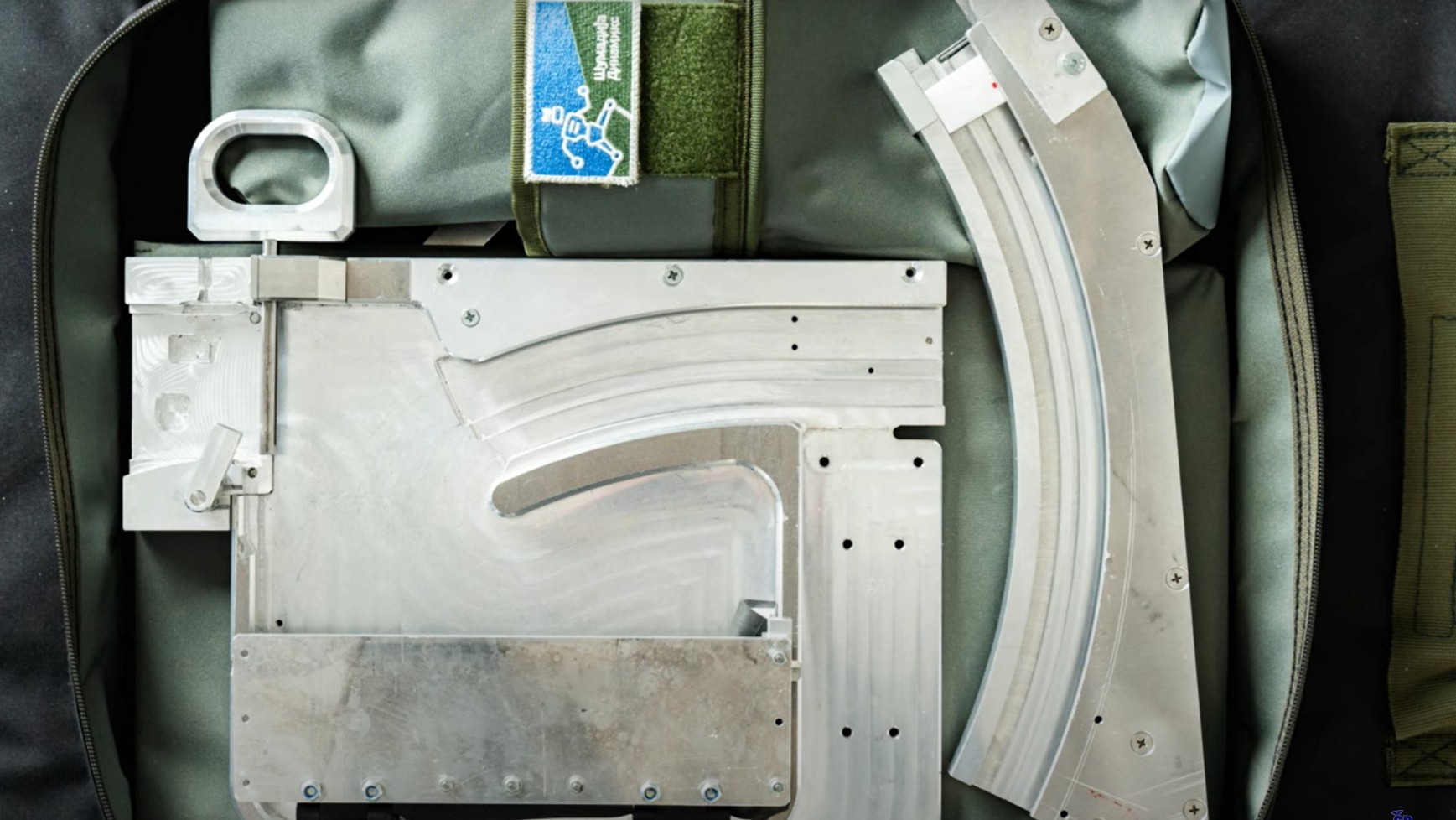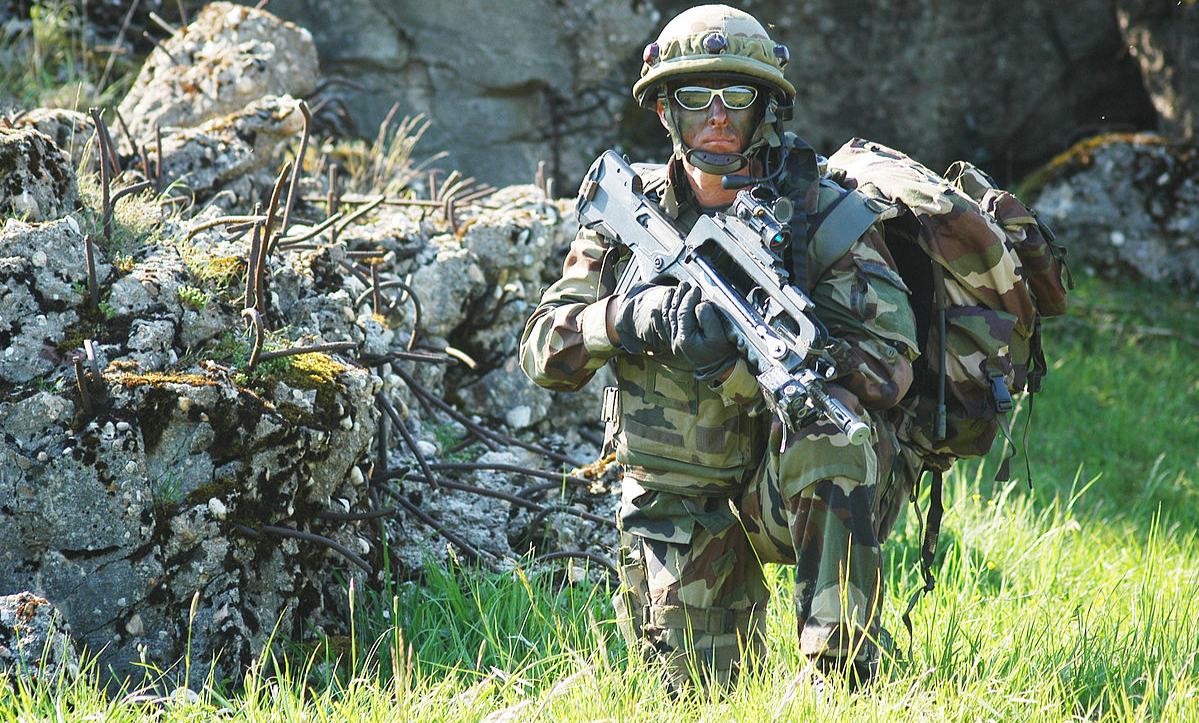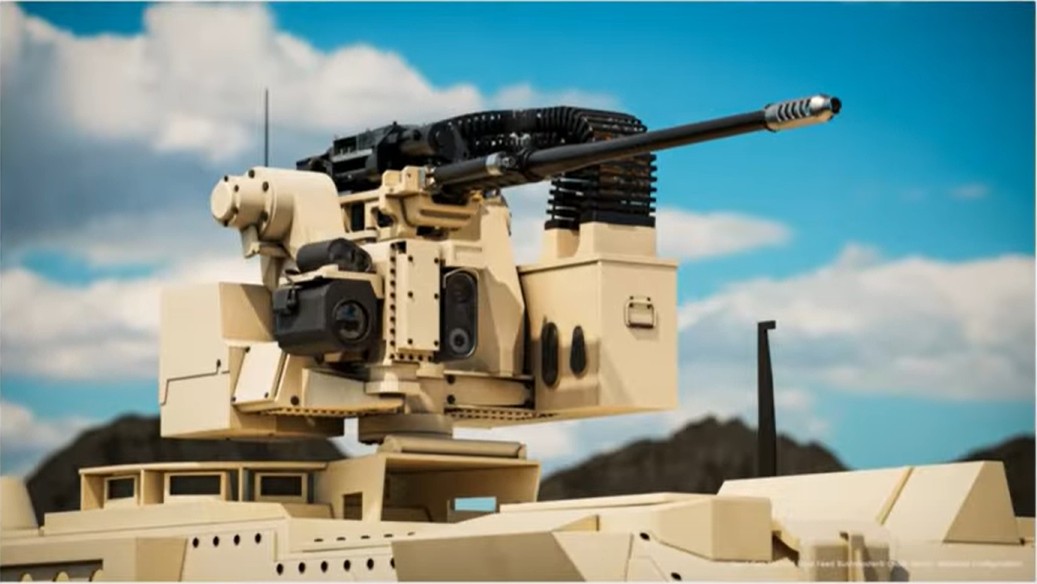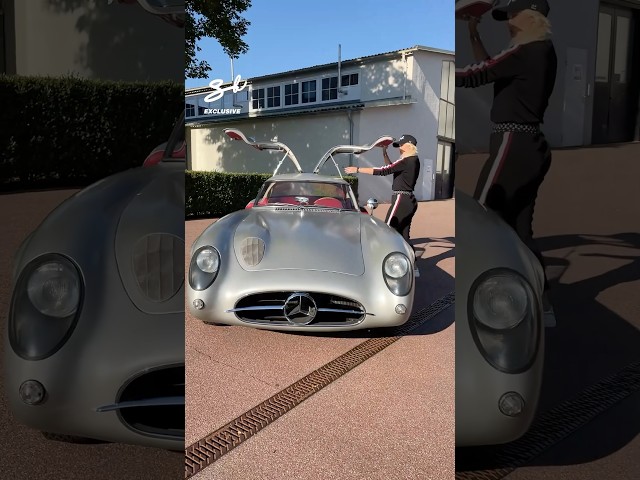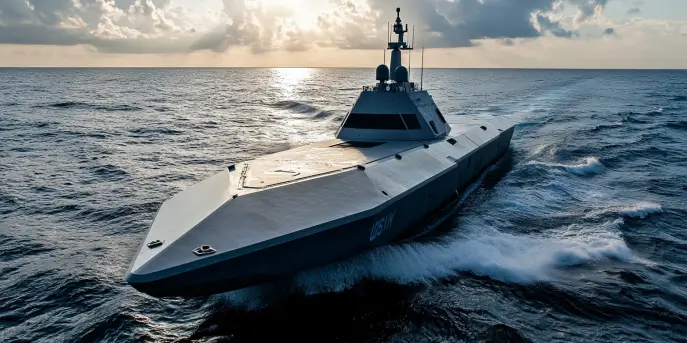The Age of Advanced Combat
In the modern battlefield, where technological advancements dictate supremacy, the introduction of drones and unmanned combat vehicles has taken center stage. One of the striking developments that stood on the fringes of this unmanned revolution was the sleek and enigmatic PL-01, a prototype stealth tank that appeared to be a game-changer when first unveiled.
The PL-01: A Brief Overview
Unveiled to much anticipation in 2013 by Poland’s OBRUM with help from BAE Systems, the PL-01 was a conceptual light tank designed to showcase how stealth technology could be integrated into armored warfare. The PL-01 was envisioned to be equipped with composite ceramic and steel armor designed to provide protection against a wide range of threats, including improvised explosive devices and ballistic attacks.
Key Features
- Stealth: With an emphasis on low detectability, the PL-01 was intended to feature systems that would reduce infrared and radar signatures.
- Firepower: A proposed 105-120 mm rifled cannon with an autoloader allowed it to engage both land and air targets effectively.
- Mobility: It was designed to be highly mobile with a maximum speed in excess of 70 km/h (approx. 43 mph) over challenging terrain.
- Crew: Operable by a crew of three, it focused on efficiency and modern warfare necessities.
The stealth-oriented design presented a futuristic silhouette that seemed to leap straight from science fiction, promising a more versatile approach to traditional armored combat roles.
The Rise of Drones and Unmanned Warfare
As impressive as the PL-01 was, its development overlapped with a rapidly shifting paradigm in military strategy. The rise of unmanned aerial vehicles (UAVs) and drone warfare introduced new capabilities that established the precedence for future combat, particularly in intelligence, surveillance, and reconnaissance (ISR) operations.
Drones have significantly influenced the direction of defense research, prioritizing adaptability and cost-effectiveness over traditional heavy armor. In asymmetric warfare scenarios, drones offer tactical advantages such as extended reach and lower operational costs, overshadowing projects like the PL-01 in terms of both strategic value and funding.
Specifications Comparison
| Specifications | PL-01 Stealth Tank | Modern Drones |
|---|---|---|
| Stealth Technology | Infrared & Radar Signature Reduction | Available in Many Models |
| Weaponry | 105-120 mm Cannon | Varies (Missiles, Bombs) |
| Crew | 3 | 0 (Unmanned) |
| Operational Cost | High | Low |
The Shift in Priorities
Despite its potential, the PL-01 project highlights a broader conversation in military circles regarding the allocation of resources amidst evolving warfare technologies. While the tank offered groundbreaking advancements in armor and stealth, the cost of development and the shift in defense priorities led to its eventual shelving.
Moreover, with increasing emphasis on digital warfare, electronic warfare systems, and cyber capabilities, heavily armored vehicles like the PL-01 face obsolescence in favor of platforms that can be rapidly deployed and easily adapted to fluid battlefield conditions.
Legacy and Lessons
Although the PL-01 never went into mass production, its development contributed valuable insights into the integration of stealth technologies in ground combat vehicles. The lessons learned continue to influence ongoing research and development, particularly in terms of improving armor composites and modular vehicle designs.
The PL-01 remains a testament to human ingenuity and the everlasting quest for innovation in military technology, inspiring future generations of engineers and defense strategists. The stealth tank may not be part of our arsenal today, but its conceptual brilliance paves the way for future platforms that balance invisibility, mobility, and firepower in new combat doctrines.
The Future of Stealth and Armored Warfare
As the landscape of warfare continues to evolve at a rapid pace, the principles championed by the PL-01 will likely find their way into the next generation of military hardware. With advancements in materials science and autonomous vehicle technology, the goal of creating highly survivable, smart armored systems persists.
Future conflicts may see a convergence of drone capabilities with traditional armored systems, potentially leading to the development of hybrid platforms that can operate unmanned on the battlefield. Such innovations could combine the tactical flexibility of drones with the resilient protection of advanced armor, possibly realizing the dream that the PL-01 began.
